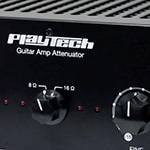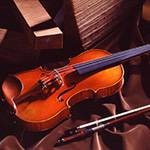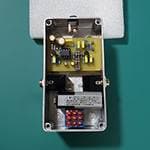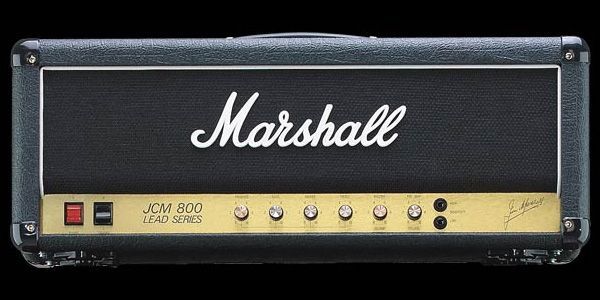
Anyone who may be wondering, “Do Marshall amps really sound that good?” maybe convinced that they are that good after reading this article.
We’re at the end of the year and it feels like the end of the year.
This is the time of year when I like to set aside time to do maintenance on my guitars and other equipment that I have used throughout the year.
The great Takeshi Terauchi once said, “On New Year's Eve, I always take care of my guitar (Mosulite black). I take everything apart, wipe every single screw clean, and replace parts that are rusty or in bad shape. Then, I make sure everything is in perfect condition for the near year (True story).
That’s amazing! I really understand why he does it… but I have more than one or two guitars on hand, so the hassle is too much for me and I have never done it.
However, I do have a few pieces of equipment that are in bad shape that I haven’t used for a while that I need to get back into working order by the end of the year.
In my case, guitars don't cause me much trouble because I fix them quickly when they are in bad shape, but amps are a different story.
The thought, “Oh,amp maintenance… What a real hassle ...” popped into my head when I realized that I currently have no Marshalls among my amps (MESA/ BOOGIE, PEAVEY, and CARVIN).
No wait. I used to have one.
But, I gave it away when I got my MESA/ BOOGIE.
Well, this is where this story starts.
Nowadays, there are always Marshalls in studios and live houses.
However, I prefer to use non-Marshall amps if I can.
The reason is that I don't like the kinks in the treble of the Marshall.
The sound only flies to the front of the speaker, making it difficult to hear the other members of the band and I end up having to turn the volume down to a level that I don't expect.
To begin with, the distortion is too coarse and noisy, and there’s no end to the list of reasons why I don't like it.
But, is this really the case?
Could it be that I'm just not using it in the right way?
With this in mind, I recently reviewed live videos of bands I used to admire on YouTube.
As a result, I discovered a startling fact.
Marshall has a great sound.
Even just connecting a guitar directly to Marshall sounds great.
It doesn’t sound grainy and distorted.
It’s not distorted to the point where you worry that it might not be distorted at all. But, the sound is fat enough and the sustain is good.
Yes, the sound coming out of the amp is very well extended without needing a distortion effects pedal.
I especially thought about the two guitarists of Thin Lizzy.
Scott Gorham and John Sykes.
It has a raw sound, but it's not. It’s loud, slightly crunchy, with a long sustain.
Why does it sound like this? I can't help but wonder.
As for John Sykes in particular, his sound at the 1984 Super Rock Festival 84 in Japan was fantastic.
He had the best overdrive sound that was silky and screamy.
The amp he used was a Marshall JCM800. I don't even know if it was a 1959 or 2203, but it was probably a 2203 since I don't remember linking the input.
There are others who fully enjoy the Marshall sound, such as Michael Schenker (UFO era) and Gary Moore.
I wanted to get close to their sound, so I bought a 2204 that was made in 1979, but I had such a hard time getting the same kind of sound.
At the time, I thought that if it wasn't gun-distorted, the sound wouldn't grow and it wouldn't sound cool, so I hooked up a DOD overdrive and played with a pathetically crappy sound.
That's right. As I have said before, even if the Marshall sound doesn't seem distorted to the ear, the distortion comes out more when it is recorded.
In other words, you don't need to distort it as much as you think you do.
Eric Johnson, for example, uses a combination of a 1959 and a FuzzFace to produce that mesmerizing sound that can't be described as clean or screamy.
Once again, I thought to myself, “What the heck! Marshall really does sound good!”
However, I still don't have the courage to play hard rock with the JCM800 without any additional effects.
See you next time.






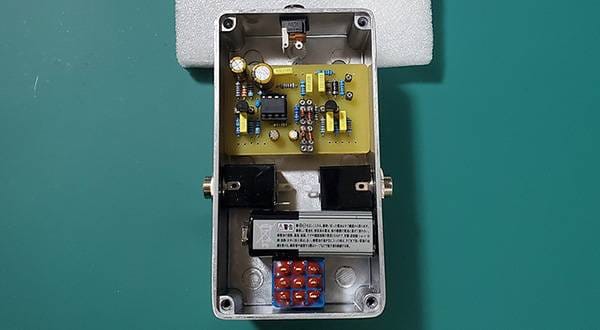

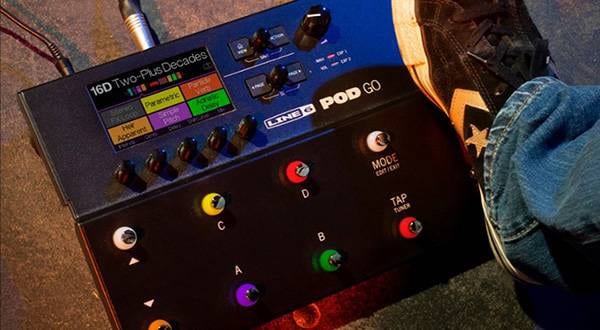
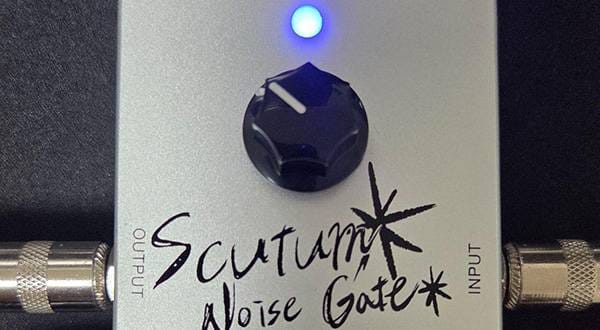
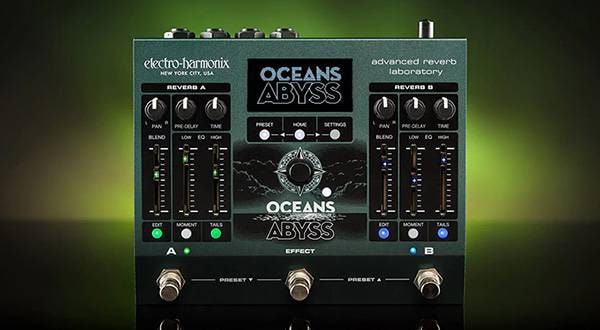
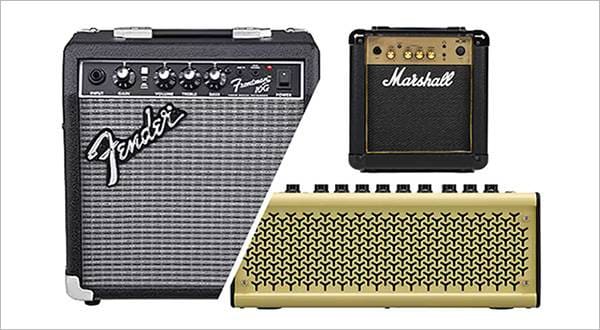
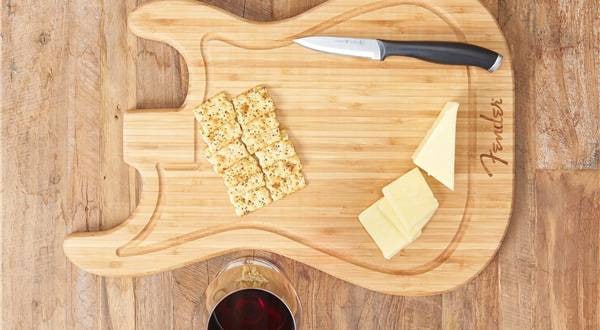

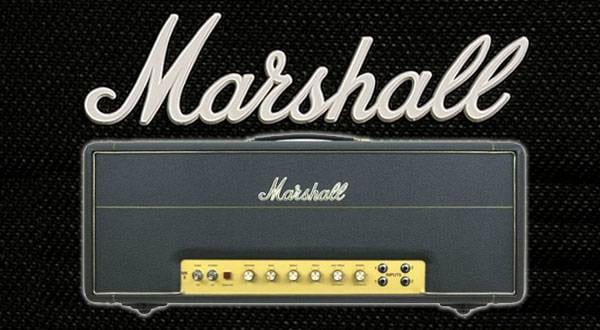
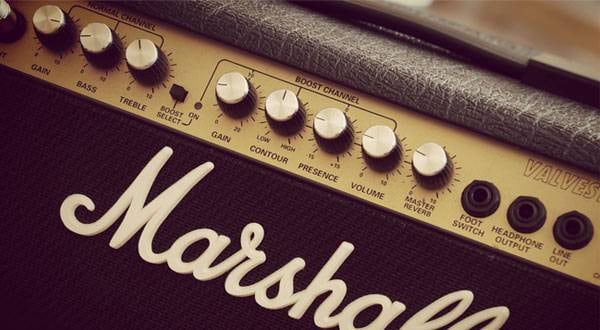

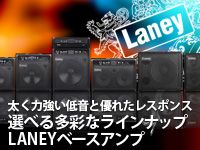 選べる多彩なラインナップのLANEYベースアンプ
選べる多彩なラインナップのLANEYベースアンプ
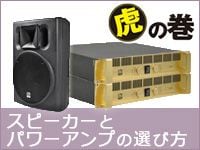 スピーカーとパワーアンプの選び方
スピーカーとパワーアンプの選び方
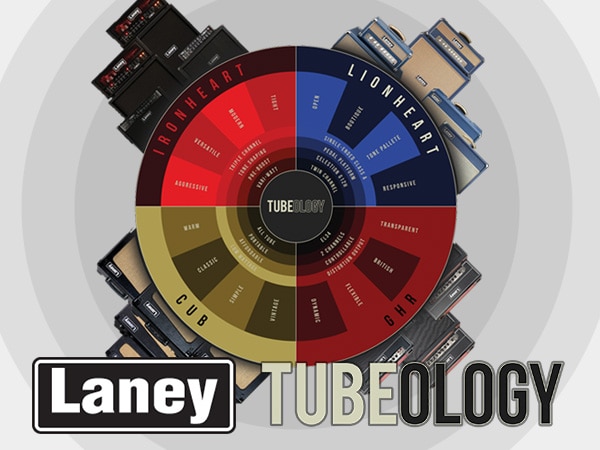 Laney TUBEOLOGY アンプガイド
Laney TUBEOLOGY アンプガイド
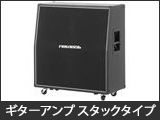 ギターアンプ スタックタイプ編
ギターアンプ スタックタイプ編
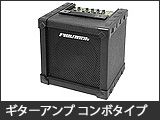 ギターアンプ コンボタイプ編
ギターアンプ コンボタイプ編
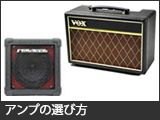 アンプの選び方
アンプの選び方

